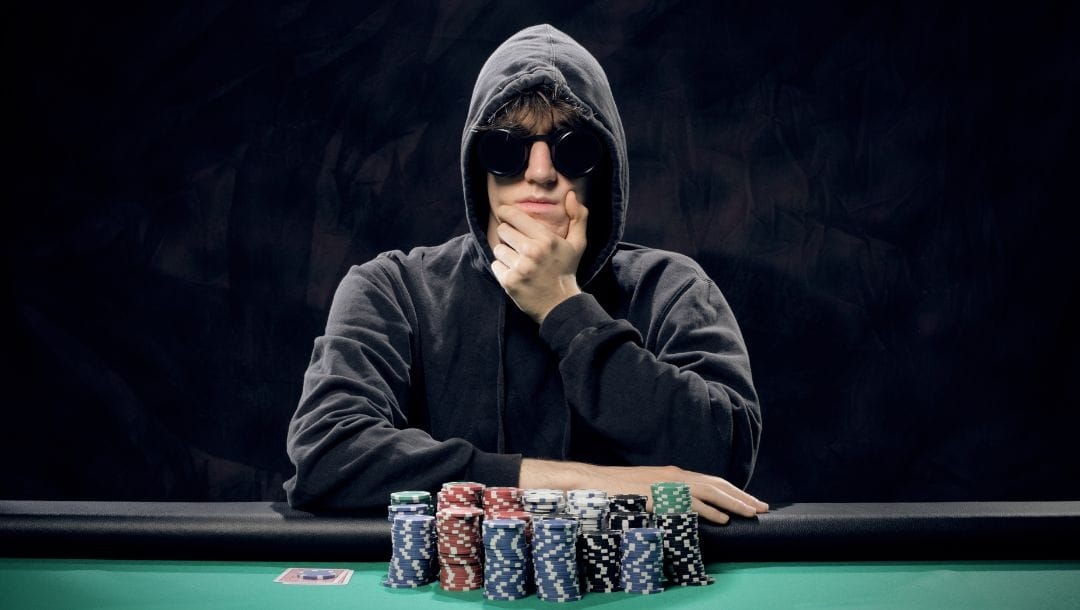The turn in poker is the third round of betting after the fourth community card is dealt. Mastering the turn is essential if you’re playing Texas Hold’em to win money and not just for fun. But fourth street can be a tough street to navigate in online poker. The pot has increased in size, so mistakes can be very costly. Aggressive actions can backfire, while too much caution can lose you value. Here are some poker betting strategies that can help you to think like a poker pro when the turn comes.
Double Barrel
Double-barreling, also known as continuation betting, is when the preflop aggressor bets on the flop and bets on the turn again. It’s a powerful play that’s unlikely to be countered by players who aren’t holding anything particularly strong. The pot has typically grown to at least double its size by the turn, so a good double-barreling strategy will have a positive impact on your bottom line. For the same reason, double-barreling and missing will wreak havoc on your bankroll.
One mistake to avoid is to double-barrel only when you have a made hand. Opponents who realize what you’re doing can crush you by overfolding (folding to your bets every time unless they have a clear advantage.) To prevent this, as a general rule, aim for a fifty-fifty split between value bets and bluffs on the turn. Skilled players often use a polarized Texas Hold’em strategy, value betting their best hands and draws and bluffing their weakest hands while discarding everything in the middle. At the same time, pay attention to how the board interacts with your opponent’s range. If the turn favors your opponent, you’ll need to be more selective, make fewer bluffs and value bets and adjust your strategy for unpredictable players.
Checking

Sometimes it’s in your best interest to play a smaller pot size. This is typically the case with marginal hands, such as a small overpair, middle pair or top pair with a bad kicker. These are not hands that you can expect to play a big pot with and win much, but newer poker players make this mistake all the time. All too often, this results in you being raised off your equity to the detriment of your bottom line.
To avoid getting into trouble in bloated pots with marginal hands, it can help to exercise pot control on the turn by checking behind. Typically, players exercise pot control by checking behind on flops and turns with semi-strong hands to avoid making the pot too large. Another place it makes sense to check the turn is when you’re out of position and have incomplete information. This is one of the more effective poker betting strategies for beginners.
Draws
How do you respond to a drawing hand on the turn? If you think you have the best hand, but your opponent only needs one card to complete a draw, you need to make sure they don’t see the draw for free. As a result, you need to bet. If you check and your opponent doesn’t hit their draw, you most likely won’t make money on the river because your opponent will fold. Rather make a value bet now and hope your opponent busts their draw. If you’re the one on the draw and the pot odds favor your bottom line, you should go on ahead. Of course, if your opponent suspects what you’re doing, you must be prepared to pay for it.
Scare Cards

Scare cards are the kind that set off alarm bells, causing you to doubt that you’re in the lead anymore. The correct response when a scare card hits the turn is to stay calm and assess the situation rationally. After all, you aren’t necessarily the only player for whom the card is scary. Do you think the card has helped your opponent? Does it fit in with their frequencies?
Say you’re holding pocket kings and an ace comes on the turn. Now you’re scared you don’t have the best hand. Is your opponent holding an ace? If they raised before the flop and have displayed continued aggression, chances are good that they do. As a result, it makes sense to keep the pot as low as you can. Check or call bets if the amounts are reasonable, but consider folding if you think you’re behind and you’re faced with a large bet.
Overbetting
Overbetting (betting more than is already in the pot) is one of the more powerful poker betting strategies to apply on the turn. It’s an aggressive move that allows you to derive more value from your strong hands, gives you the chance to bluff with a greater proportion of your range and forces your opponents to fold more often. Since your opponents, if they’re sensible, will be unwilling most of the time to raise against an overbet, you’ll also get to see fifth street while being in position and control the pot size going into it. If you’re confident that you have the nut advantage (your hand is much stronger than your opponent’s,) an overbet of 125% or more can be a great way to take down the pot.
Take Your Turn at Poker With BetMGM
From the flop to the turn and the river, there’s only one way to master poker betting strategies — and that’s to play the game with dedication. Register at BetMGM to play online poker games on our mobile app anytime, anywhere. Take part in poker tournaments at your skill level and find cash games at suitable stakes. Every journey begins with a first step, so let your poker journey begin at BetMGM.










